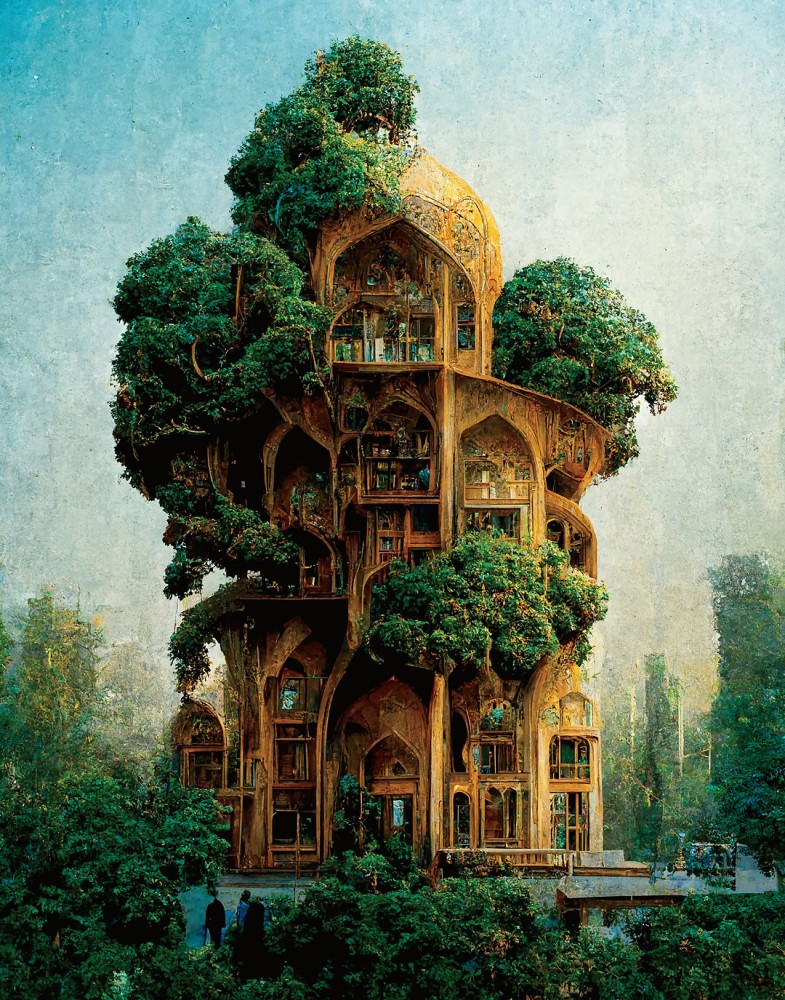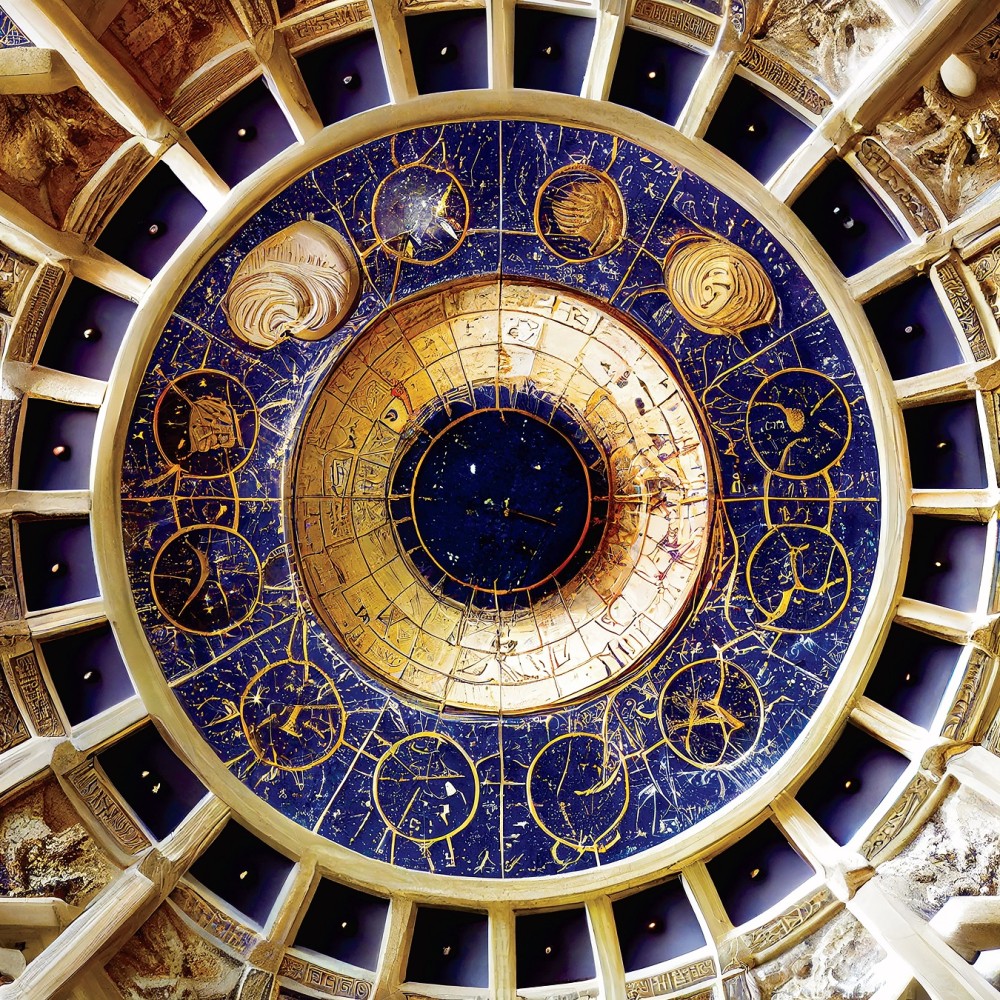
Mohammad Qasim Iqbal’s spaces are like no building designed by man in no material created by the universe, and yet they seem familiar and lived in, like centuries-old masterpieces: They are neither architecture nor fine art but digital worlds inspired by both.
An architecture student at the University of Nottingham, Iqbal might also be described as a Renaissance man. His passions extend from ancient history, nature and Roman ruins to modernism and technology. Earlier in his academic career, he was influenced by the esteemed Yale lecturer Peter Eisenman’s approach to Palladio and the brilliant composition of heritage architecture by Francesco Borromini, Giulio Romano and Le Corbusier.

![RE[D]naissance facade, (2022). Stone & Fabric Tensile Facade, (2022).](https://specialized.bombardier.com/sites/default/files/styles/retina_1720x1000_desktop/public/2023-05/Untitled%20design.png?itok=2KBzrTex)




